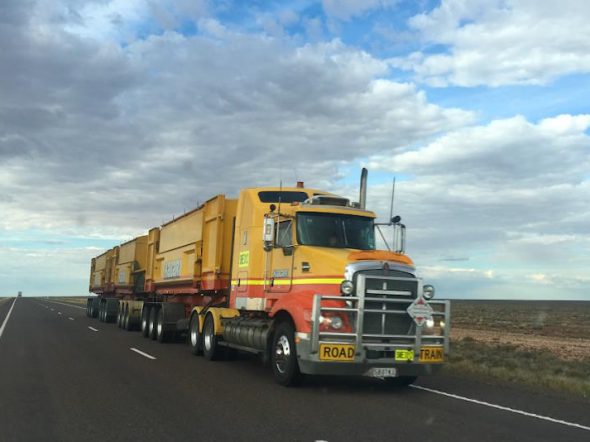Large trucks need to be able to carry heavy loads to provide vital goods to various parts of the country. However, these heavy loads can wreak havoc on a truck, especially if not properly loaded. The correct weight distribution ensures safer transit and minimizes wear and tear on the vehicle.
Truck Axles and What They Do
To ensure a truck can withstand the heavy burden carried, high quality international truck parts are necessary to obtain reliable, long-lasting performance. To support the heavy load and manage long-distance travel, the truck’s axles play a vital role.
An axle is the rod that connects the wheels on either side of the truck. It allows the wheels to rotate and provides support for the weight of the truck or its trailer. The number of axles a semi-truck has can vary greatly depending on the size of the vehicle and its trailer. Typically, a semi can have anywhere between 2 and 5 axles. In some cases, there may even be more axles when the trailer is included.
There are also many types of axles a truck may have. Some axles provide the drive to pull the truck and trailer. Some are simply for providing support and allowing movement. Some axles can lift the trailer or, in the case of a dump truck, raise the bed of the vehicle. Some axles can even be moved to support a particular load.
The more axles a truck has, the better it can support heavier loads. However, even though a semi-truck can hold a heavier load, that load must still be distributed properly. Too much weight on one axle or even one side of an axle can be problematic.
Weight Distribution Between Axles
Even though a truck may be able to hold a large amount of weight, that weight cannot be placed unevenly throughout the vehicle. The weight specifications for the semi are simply the combination of the weight each axle can hold.
For example, a truck may have a gross weight capacity of 80,000 lbs. However, each axle of the truck may only be able to hold 20,000 lbs. each. If the entirety of the load is being supported by one axle, the truck will not be able to handle the load. Not only does the load need to be distributed between the axles, but the center of gravity for the truck must be considered to ensure balance and smooth driving.
Dangers of Improper Distribution
If the load in the truck is not properly distributed throughout the trailer, it can cause a shift in the balance of the trailer. For example, if the entirety of the load is on one side of the trailer, it could cause the truck to tip in a sharp turn. Improper weight distribution could even cause the truck to jackknife upon braking or make braking difficult when needed quickly.
Impact on Wear and Tear
Even if the driver manages to safely drive a truck that has an unevenly distributed load, the damage to the truck and its axles can be costly. If more weight is continuously placed on one axle during long trips, it could cause uneven and early wear and tear on the axle. This wear could result in costly replacements that could impact the profitability of the truck.
Not only can improper distribution cause damage to the axles, but it can also wear out the tires and brakes faster than they should. These issues can leave the truck vulnerable to accidents and costly repairs. Understanding the proper weight distribution throughout the vehicle will allow a safer trip and reduce repair costs overall.
